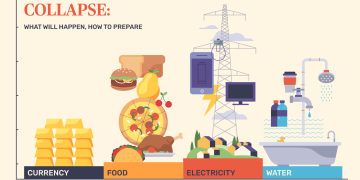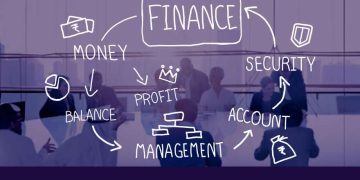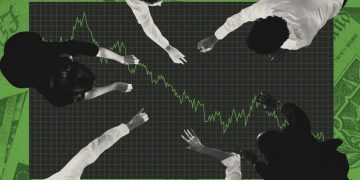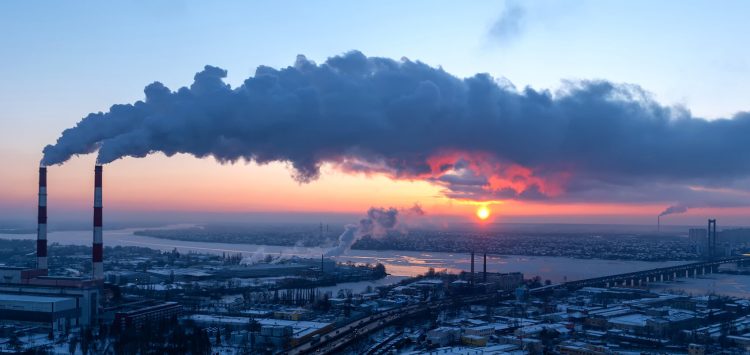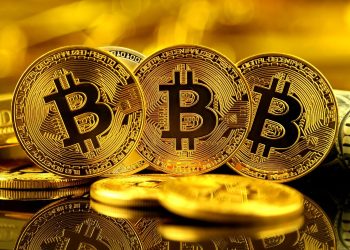In an era defined by climate commitments, geopolitical realignment, and the weaponization of trade rules, carbon tariffs — once viewed as a distant regulatory idea — are fast becoming a new axis of global competition. As the European Union’s Carbon Border Adjustment Mechanism (CBAM) begins its transition phase and other economies consider similar measures, the question for major exporting nations is no longer if this will impact competitiveness, but how fast and how deep.
From steel and aluminum to cement, fertilizers, electricity, and potentially even plastics and textiles, sectors dependent on carbon-intensive production are entering a new regime of cost, compliance, and risk. At the heart of it lies a fundamental shift: Environmental policy is no longer just about domestic climate goals — it is now shaping global trade flows and comparative advantage.
So what exactly do changing carbon tariff policies mean for the world’s biggest exporters? Who wins, who loses, and how should industries and investors prepare?
I. The Rise of Carbon Tariffs: From Climate Tool to Trade Lever
1. What Are Carbon Tariffs, Really?
Carbon tariffs, or carbon border adjustment mechanisms (CBAMs), are tools designed to equalize the carbon cost between domestic producers in regulated markets and foreign producers from jurisdictions with looser carbon rules.
In practice, they impose a carbon price on imported goods, calculated based on their embedded emissions and the gap between foreign and local climate standards.
2. Why Are They Gaining Momentum Now?
Several drivers are converging:
- Net-zero commitments require countries to decarbonize not only domestically but across supply chains.
- Carbon leakage concerns — where companies relocate to low-regulation jurisdictions — are growing.
- Public pressure demands “fair climate trade” that holds polluting exporters accountable.
In short, carbon tariffs are becoming a climate equalizer and a protectionist weapon — all in one.
II. The EU CBAM: A Game-Changer in Motion
The European Union’s CBAM is the most advanced and influential policy to date.
- Transition period (2023–2025): Importers report emissions but don’t pay tariffs.
- Full implementation from 2026: Importers of covered goods will pay carbon costs based on the EU Emissions Trading System (EU ETS) price — currently hovering between €80–100 per tonne of CO₂.
Sectors initially covered:
- Iron and steel
- Aluminum
- Cement
- Electricity
- Hydrogen
- Fertilizers
Future expansions may include:
- Plastics, organic chemicals, glass, paper, and textiles
- Embedded emissions in finished products like vehicles or appliances
This will fundamentally reshape global industrial exports to Europe — and others are watching closely.
III. Export Giants in the Crosshairs: Who’s Most Exposed?
1. China: The Manufacturing Superpower Under Pressure
- China is by far the largest exporter of steel, aluminum, and cement — all CBAM-covered sectors.
- While some provinces are decarbonizing rapidly, most of the country’s industrial base remains coal-reliant.
- A lack of transparent emissions reporting, weak carbon pricing domestically, and political friction with the EU make compliance complex.
Impact:
China risks losing price competitiveness in the EU market unless it can:
- Accelerate clean energy usage in heavy industry
- Improve emissions tracking and verification
- Engage in carbon diplomacy to negotiate mutual recognition
2. India: Development Ambitions Meet Climate Trade Reality
- India is a rising exporter of steel and chemicals.
- Yet its power grid is still more than 70% coal-dependent, and carbon markets are in early development.
Impact:
Higher compliance costs may slow India’s export growth to the EU, unless the country:
- Expands renewable energy access for industrial use
- Develops credible carbon pricing and MRV systems (Measurement, Reporting, and Verification)
- Uses its geopolitical weight to seek transition leniencies
3. Southeast Asia: Fragmented and Uneven Readiness
- Vietnam, Indonesia, Malaysia, and Thailand all export aluminum, chemicals, textiles, and food products to Europe.
- Their policy readiness varies, and few have carbon pricing in place.
Impact:
Without regional alignment or trade-bloc level strategies, Southeast Asian exporters risk being priced out of carbon-conscious markets. There’s growing urgency to:
- Form regional carbon frameworks
- Leverage supply chain incentives from RCEP or CPTPP
- Attract FDI into green manufacturing
4. Russia and Turkey: High Exposure, Geopolitical Complexity
- Russia has been a top exporter of steel and fertilizers to Europe. Sanctions and CBAM together are choking this trade route.
- Turkey, while more integrated into the EU economy, still has high-emission industrial sectors and needs stronger decarbonization plans.
IV. Competitive Shifts: Who Could Benefit?
1. EU Domestic Producers
CBAM is, by design, a protective shield. As importers face carbon costs, EU-based low-emission producers gain pricing parity and possibly even an edge. Expect greater competitiveness for:
- Green steel (hydrogen-based)
- Circular aluminum (recycled)
- Bio-based cement alternatives
2. Low-Carbon Exporters in Developed Markets
Countries like Canada, Norway, Japan, and South Korea — with cleaner energy grids and active carbon pricing — may become preferred sourcing partners.
3. Early Movers in Carbon Accounting and Disclosure
Exporters that invest early in emissions tracking, certification, and compliance infrastructure will be better positioned — regardless of actual emission intensity.
V. Strategic Reactions: How Exporting Nations Are Responding
1. Domestic Carbon Pricing Acceleration
Countries like China and India are expanding pilot carbon markets, aiming to establish national carbon pricing that could offset CBAM costs through mutual recognition agreements.
2. Green Industrial Policy and Subsidies
We’re witnessing a wave of:
- State subsidies for green hydrogen, solar-based smelting, and clean cement
- Incentives for carbon capture (CCUS) in heavy industry
- Strategic partnerships with EU firms to create compliant supply chains
3. Trade Diplomacy and Legal Pushback
Some developing countries are exploring WTO challenges, arguing that CBAM constitutes disguised protectionism. Meanwhile, climate alliances (like BASIC or G77) are pushing for:
- Longer transition timelines
- Financial support for carbon compliance
- Recognition of historical emissions responsibility

VI. The Broader Ripple Effects on Global Trade
1. Supply Chain Reconfiguration
- OEMs in Europe will seek carbon-compliant suppliers.
- Some production may relocate closer to clean energy hubs (e.g. Morocco, UAE, or Eastern Europe).
- Exporters unable to comply risk being cut out of high-value supply chains.
2. New Trade Blocs Based on Climate Compatibility
Carbon-aligned trade frameworks are emerging:
- The EU and Canada may establish green trade corridors
- The U.S., while not adopting a CBAM yet, is considering climate-linked tariffs under the Clean Competition Act
- RCEP and CPTPP may gradually incorporate climate clauses, though progress is slow
3. Investor Impact: ESG and Risk Premiums
Companies exposed to carbon-intensive exports will:
- Face higher financing costs
- Be downgraded by ESG-sensitive investors
- Require more capex for compliance
Green exporters, meanwhile, will attract cheaper capital, larger orders, and faster valuations.
Conclusion: Carbon Is the New Currency of Trade
The transformation of carbon tariffs from policy experiment to economic reality marks a new chapter in global commerce. For exporting nations, the implications go beyond environmental stewardship — this is about survival in an increasingly climate-linked trade system.
Those who adapt early, digitize emissions reporting, align with clean energy, and engage in smart trade diplomacy will not just survive — they will lead.
For those who delay, the penalty will come not just in carbon taxes, but in lost access, lower margins, and eroded competitiveness.
In this new world, emissions are no longer invisible. They are priced, tracked, and judged — at the border.




